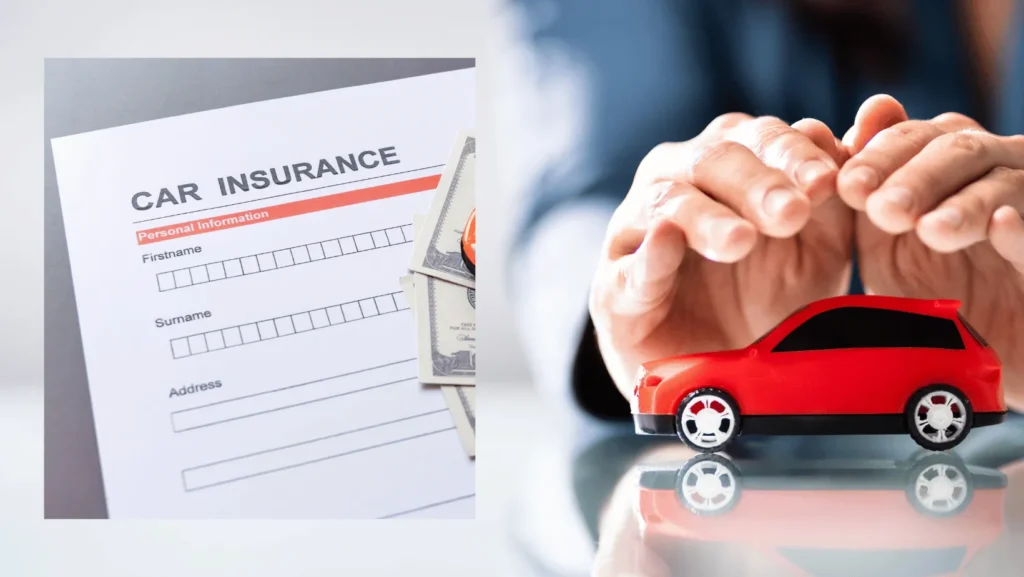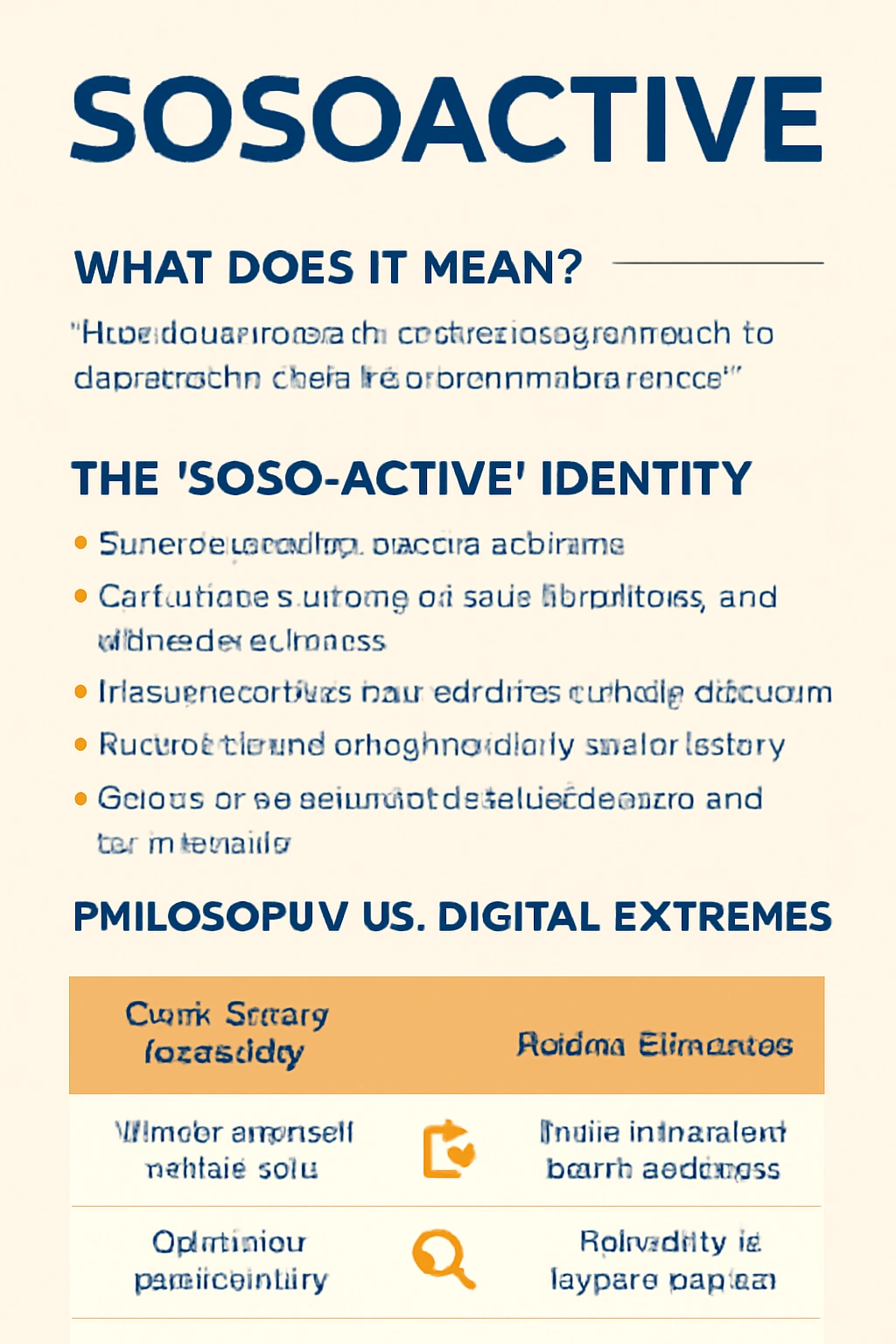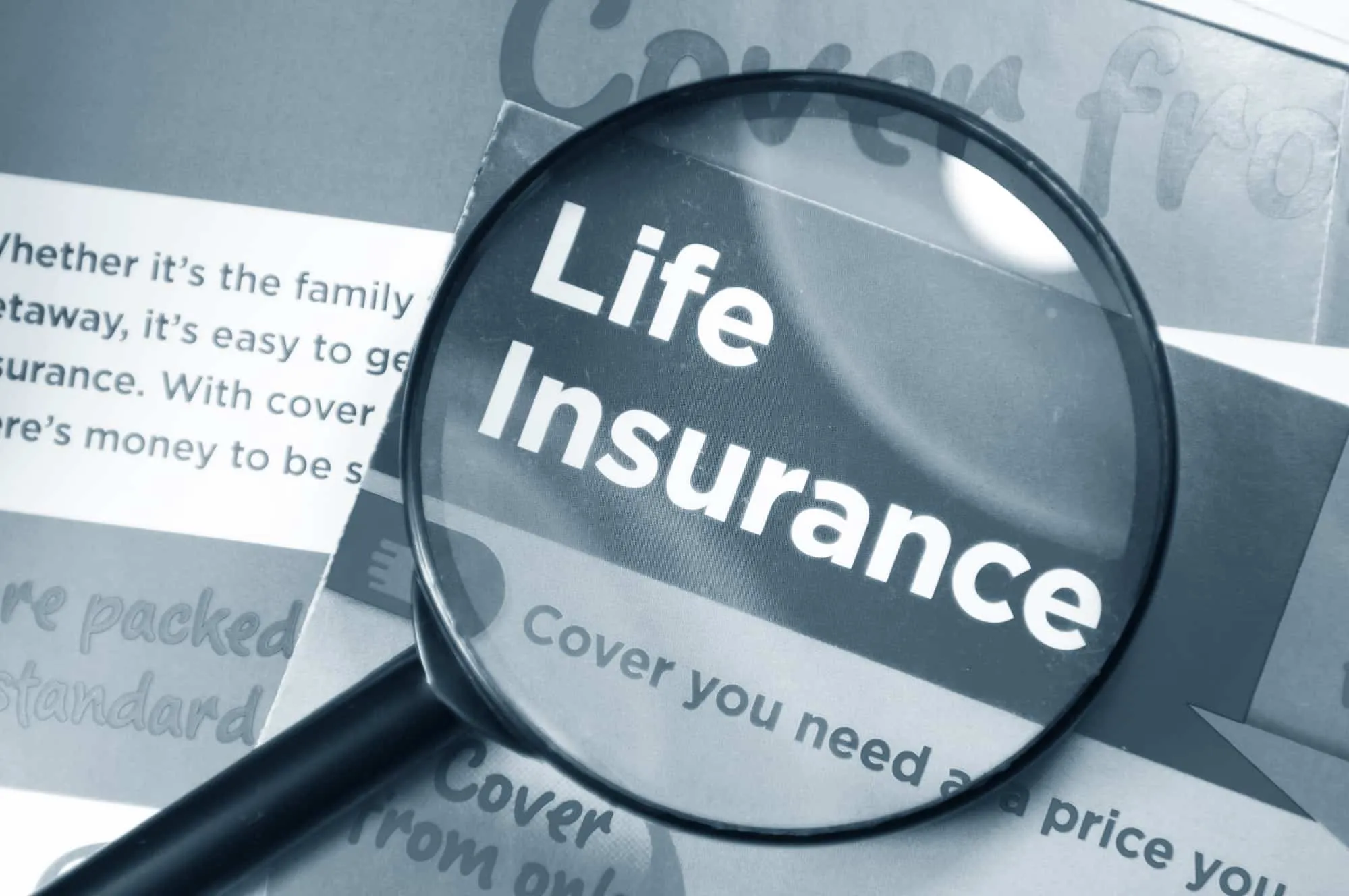Car insurance can be a cost necessity for drivers, but it doesn’t have to be an option that bleeds your wallet dry. Surely, there are ways to save money on car insurance that will help a car owner get the coverage required without breaking a bank account.
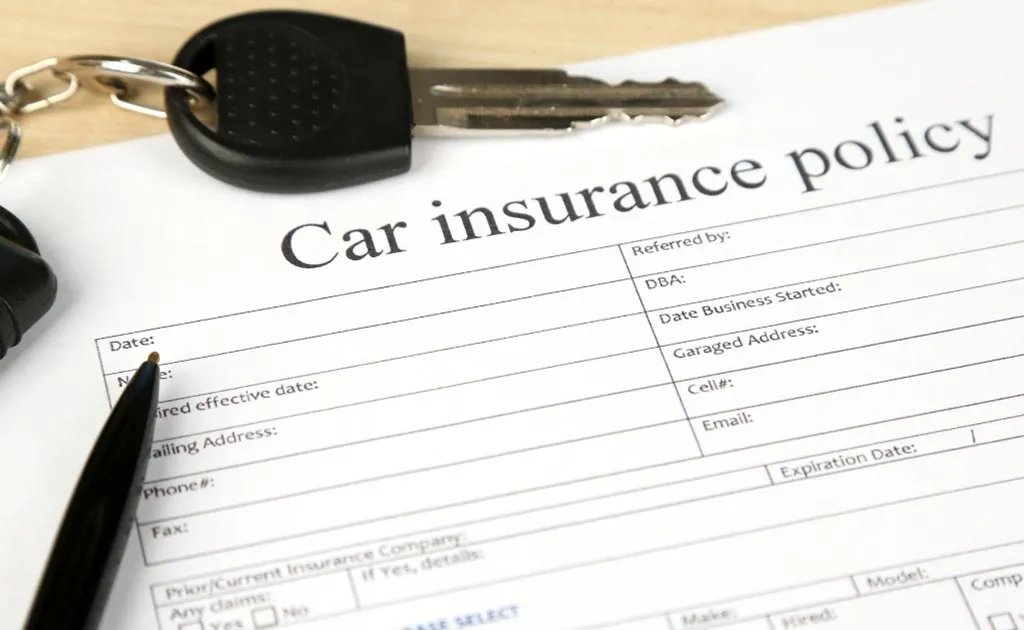
Minor tweaks, such as adjusting policies or leveraging discounts, add up and save a pretty penny.
Here are twelve great ways of saving on the cost of car insurance and having complete control over your money.
Why Does Car Insurance Cost So Much?
A lot is done to estimate car insurance rates. Among them, one can name:
- Driving History: A clean record lowers premiums; accidents and/or violations raise them.
- Geographical Location: Residence in high-traffic areas, a high incidence of theft, or accidents automatically raises premiums.
- Type of Vehicle: Generally, luxury and sports cars are highly valued when it comes to insurance because their repair and replacement are costlier.
- Coverage Levels: Full comprehensive and collision coverage is higher in premium than basic liability insurance.
- Credit Score: Some even use credit score as one of the determining factors for how risky a driver gets.
12 Ways to Save Money on Car Insurance

These are 12 ways to save money on car insurance:
1. Shop Around: Shopping around is the most efficient way of lowering insurance costs. Not every insurance company quotes the same price; therefore, the more quotes a consumer gets, the better deal they will get.
2. Bundle Your Policies: If there are multiple insurance needs, such as home or renters insurance, generally speaking, bundling those with the same insurance carrier will yield discounts.
3. Raise Your Deductive: Raising the deductive amount you have to pay out of pocket when filing a claim can go a long way in reducing premiums. Just make sure you can afford it if something does happen.
4. Inquire About Discounts: Most insurers offer a lot of discounts on many grounds; this includes but is not limited to the following: ·Good driving history · Low annual mileage Anti-theft devices installed · Good grades as a student
5. Defensive Driving Course: The course may grant you discounts with some insurers since this lessens your accident involvement.
6. Pay Your Annual Premium: Instead of paying monthly, pay for the premium of the insurance in one go for the whole year to save some dollars and avoid installation payment service fees.
7. Switch to UBI-Usage-Based Insurance: This is usage-based insurance that tracks your habits through a cell phone app or another device. If you drive safely, this could go a long way in reducing your rates through UBI.
8. Keep a Good Credit History: The higher your credit score, the lower your insurance costs may be if your state allows insurance companies to use credit ratings as an assessment tool for determining insurance risk.
The course of action to boost your credit score is making bill payments on time in addition to reducing debt.
9. Drop Unnecessary Coverage on Older Cars: In the case of any older car, whose market value has become pretty low, it is suggested one cancel comprehensive and collision coverage. Liability insurance would be good enough in these cases.
10. Keep a Clean Driving Record: It keeps your premium low by not getting into any accidents or traffic violations. Some of them even offer accident forgiveness programs that will assist you in sustaining lower rates if there is some minor incident.
11. Limit Your Mileage: If you don’t drive much, let your insurance company know. Low-mileage drivers may be qualified for reduced rates since less time on the road equals less risk of getting into an accident.
12. Install Safety and Anti-Theft Devices: Placing safety devices in your car airbags, anti-lock breaks, and GPS trackers lowers the cost of your insurance because it minimizes the chances of theft or a serious collision.
Are Comprehensive and Collision Coverage Necessary?
Whether you need comprehensive and collision coverage is pegged upon several factors:
1. Older Cars: Very low values do not require both covers, given the fact that repair costs may be more than the value of the vehicle.
2. Leased or Financed Vehicles: Generally speaking, these are covered fully, per the requirements of lenders, until such time as the car loan has been paid off.
3. Personal Risk Tolerance: In situations where one is unlikely to take greater risks, fully comprehensive coverage gives one an extended protection circle against incidents of theft or weather damage.
Which Insurance Plan Works for New Drivers and Seniors?
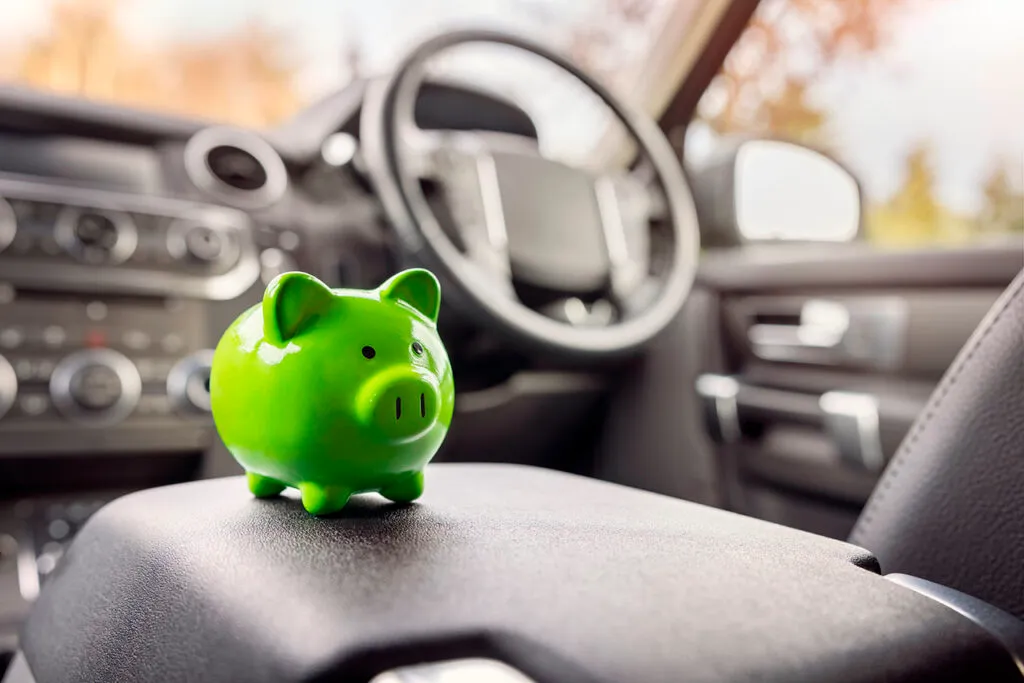
About how an insurance plan works for new drivers and seniors, this is what to expect:
1. New Drivers
There are, in fact, much better schemes for young drivers, especially those offering discounts to students with good grades or for those who have safe-driving apps installed on their smartphones. Adding them to a parent’s policy will reduce the costs.
2. Seniors
Minimum annual mileage for retired persons; obtain discounts by taking advantage of the low-mileage discounts.
Besides, as a retired driver, you obtain a mature driver discount from some insurance firms after completing specific safety classes.
Conclusion
With these means of saving on auto insurance, you will be in a position to get the most reasonable rate available without losing any critical coverage. Simple things like comparing quotes, bundling policies, andjacking up deductibles go a long way.
More so, keeping a clean driving record and also keeping annual mileage lower will further compensate in the long run.
This is a policy he may like to review regularly, whether new or experienced, to seize the opportunities for new savings. This way, it leaves more money in your pocket, and you are well protected on the road.

